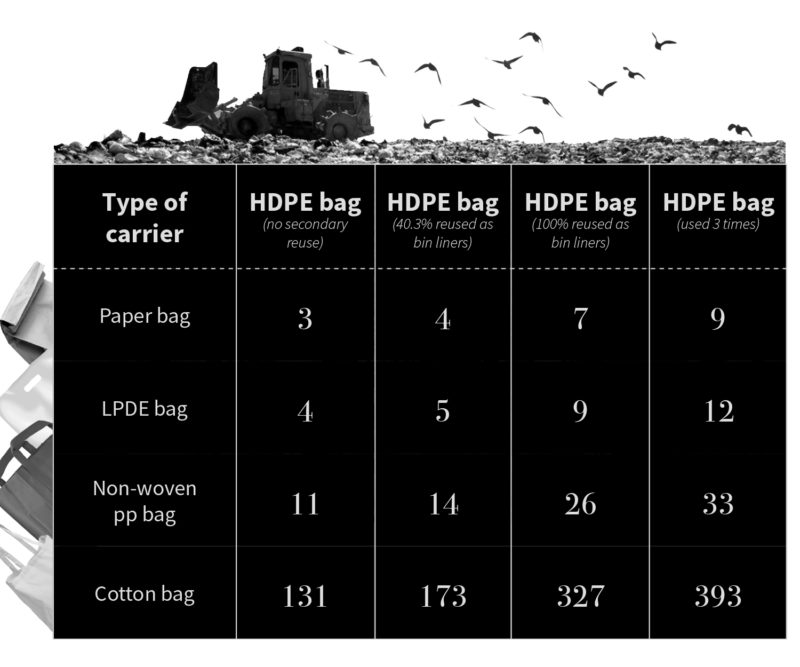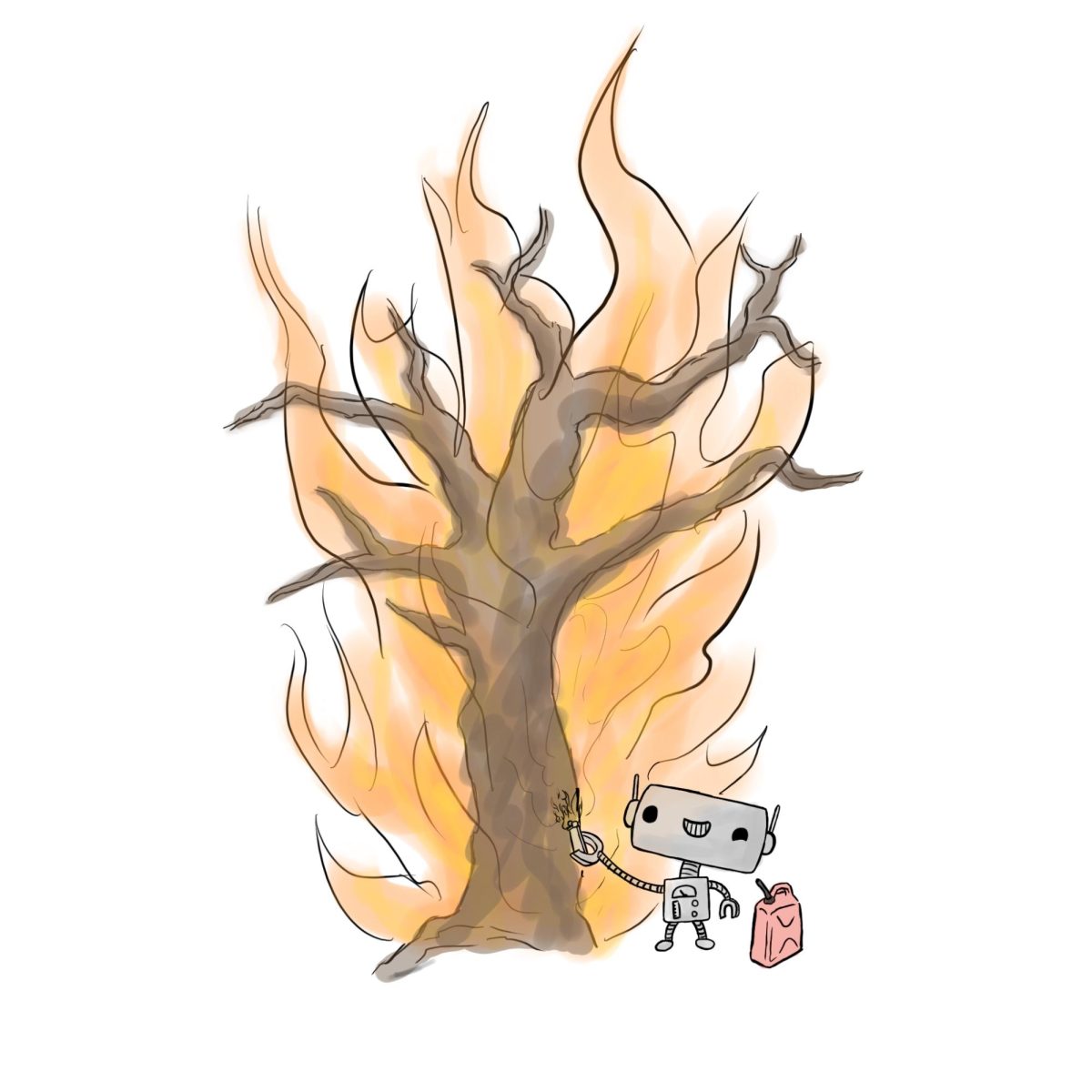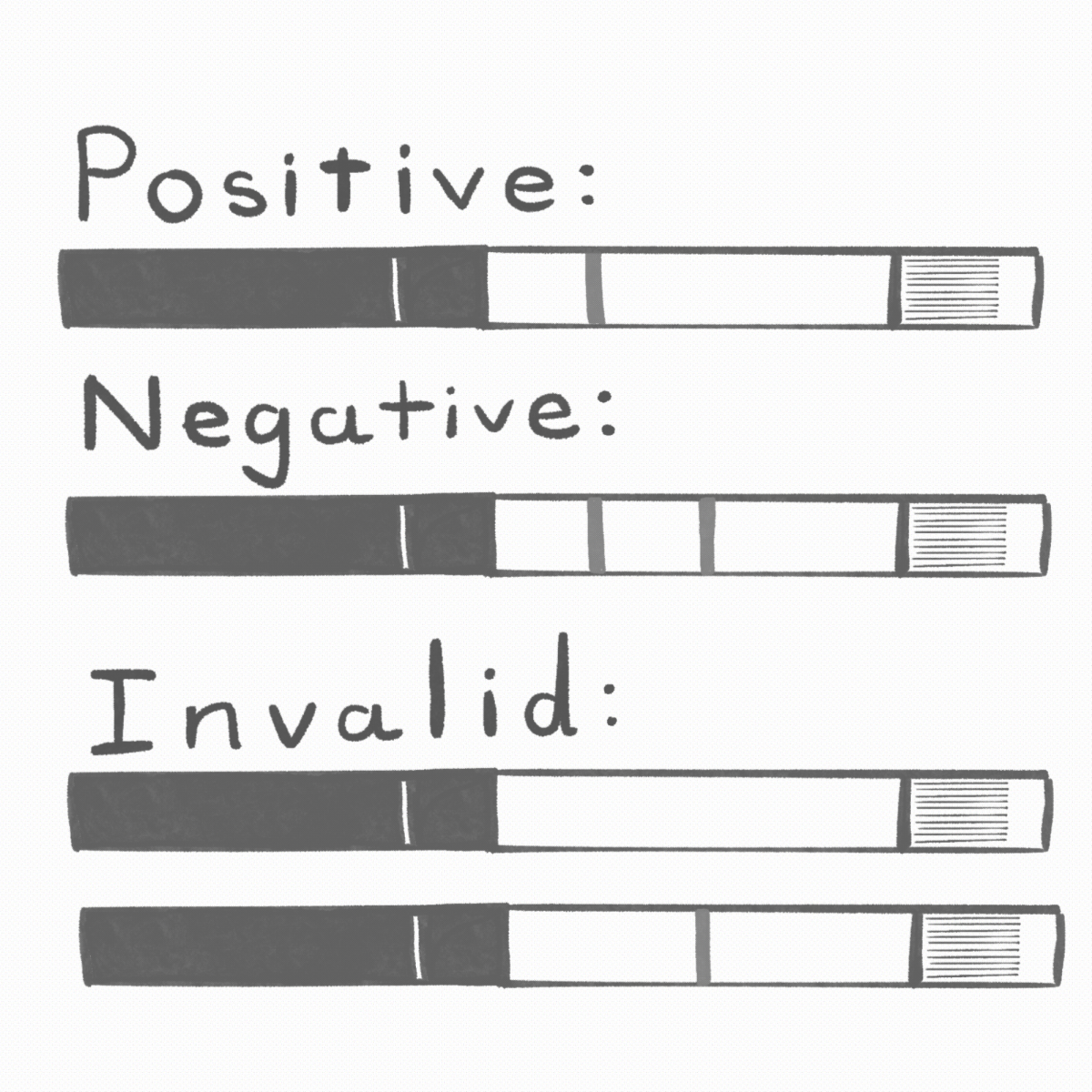Environmental headlines typically revolve around a lone polar bear on a melting ice sheet, coral bleaching events of previously unimagined size or massive coastal flooding during epic storm events in faraway (or not so faraway) places. What I want to talk about today is something less glamorous “” waste.
The headline issues above are typically associated with climate change due to carbon dioxide emissions, and are incorporated into a measure called the social cost of carbon. The social cost of carbon measures the cost of burning fossil fuels on society as a whole. This includes not just the expense of mining, transporting, burning or refining, but also damage to human health, farmland, ecosystems and property due to direct and indirect impacts of fossil fuel use.
Quantifying the social cost of carbon allows us to measure the economic impacts of fossil fuel use and associated pollution problems in a comprehensive way. The Environmental Protection Agency calculates this in order to determine the long-term damage, in dollars, due to carbon dioxide emissions. There is lots of information on this topic on the EPA website, but you should know that the current administration has made moves to delete this concept “” see the executive order promoting energy independence and economics, which disbands the “… interagency working group on social cost of greenhouse gases,” and notes that it is “… no longer representative of governmental policy.”
Today I’m not going into whether this is a good idea, but rather, I want to apply the “social cost” concept to waste.
It’s time to start thinking about the social cost of waste “” not CO2 waste, or even wasted water, but just garbage. That plastic water bottle? Rinse it and recycle it! Recycling single-use containers is a fairly easy way to decrease the social cost of polyethylene terephthalate and glass bottles, and recycling is supported by societal infrastructure: recycling bins are readily available in most public spaces, and curbside pick-up for recycling is typical in many cities and towns. Additionally, it’s cost effective: less energy is required to reprocess the recycled material than to produce the glass, aluminum or plastic from scratch, reports Popular Mechanics. But even better than recycling that water bottle is getting a reusable one. The fewer resources in total that have to be turned into single-use containers, the better.
Opting for reusable water bottles is starting to become mainstream, but it seems like people have a difficult time translating their distaste for single-use water bottles to other non-renewable resources. It seems like bringing to-go containers to restaurants (so you don’t have to bring home Styrofoam) would be as normal as carrying a Nalgene, but this is not yet the case. Same idea for plastic grocery bags. Reusables can go a long way compared with single-use bags and containers, and environmental studies have shown that no matter what type of bag you use, the key to reducing impact is to reuse it as many times as possible, according to the UK’s Environment Agency. The above graphic from that study shows the amount of primary use required to take reusable bags below the global warming potential of high density polyethylene (HDPE) bags (with and without reuse).
Single-use containers are high on the list for reuse and recycling for obvious reasons. But what about things like old laptops? An iPhone 5c that someone wants to update to an iPhone 7? A 2004 Ford Explorer? Last season’s jeans? Running shoes? These things are all generated using energy “” burning fossil fuels, and most are made out of nonrenewable resources. Electronic waste (e-waste) is particularly troublesome, because many of the materials they are manufactured from are costly and/or toxic, a bad combination for things that end up in a landfill. And yet the EPA estimates that 2.37 million tons of electronic waste was discarded in 2009, and 75 percent of that went into landfills, where cadmium and lead can leach into water, and where non-renewable resources are lost forever.
Recycling should be considered for all electronic waste. But even here, reuse should be the goal.
How many times have you heard, “It’s cheaper just to buy a new one?” A broken blender, a car, an old printer “¦ many products today are cheaper “” or seem cheaper “” to replace than repair. But only if you don’t consider the social cost.
If you junk an old computer, even if you recycle it, there are environmental and health consequences. With e-waste, we’ve outsourced the heavy metal poisoning and air pollution to third world countries, reports National Geographic. The Basel Convention is an international treaty that was designed to reduce the transfer of hazardous waste from developed to less developed countries “” however, the U.S. has not ratified this treaty, nor has it banned these exports.
Recycling reduces the need to mine and process ore into component minerals, and in some cases the components themselves can be extricated and reused. Recycling is a good thing, and our future focus needs to be on making e-waste recycling both clean and profitable. But right now, any profit from these recycling centers has to be balanced against the public health crisis e-waste creates in the cities where it accumulates. The better option is to take care of our electronics and think of them as precious resources rather than endlessly replaceable commodities.
Recycling cars is more commonplace than e-waste recycling in the U.S., and is effective in terms of resource reuse, but recycling old cars to create new ones is only a viable option if we maximize the use of every car (just like grocery bags) That means taking care of things and being willing to make a repair if the alternative is throwing the whole car into the recycle bin.
A student recently asked me how to be more eco-conscious with clothing. My answer was to shop at thrift stores. Just because clothes are cheap and abundant doesn’t mean there isn’t an environmental cost to production.
Reusable bags and water bottles are already mainstays for many people, but reuse goes further than turning a single-use item into a multi-use item. Reuse includes things like car maintenance, resoling old shoes and hanging on to that outdated but fully-functional smartphone, because it doesn’t just go away when you throw it away.






